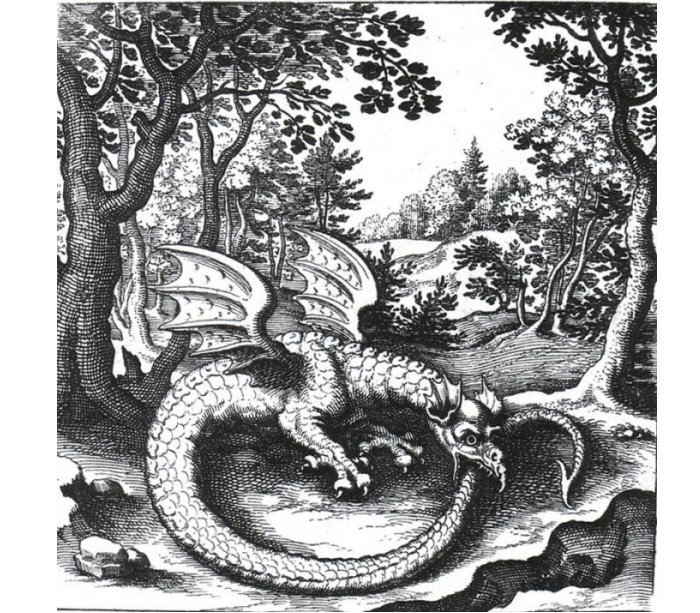Ouroboros – Cosmic Serpent And The Self-Devourer – Universal, Powerful Symbol Of Great Antiquity
A. Sutherland - AncientPages.com - Widely known in many religions worldwide from Europe, Asia, and Africa, this mystical, very old symbol means "the end is the beginning." It has the ability to reproduce itself. It mates, impregnates, and destroys itself, and all this happens in the cycle of time.
An ouroboros in a 1478 drawing in an alchemical tract. Anonymous medieval illuminator. Image credit: uploader Carlos adanero - Public Domain
Artifacts in the form of bracelets with this symbol are found in areas occupied by the Slavs beginning with the first European Neolithic cultures. The ancient Greeks considered Ouroboros a serpent or a worm engulfing its tail and forming a circle with the beginning and the end.
The same was also an interpretation of the symbol in other cultures because Ouroboros' means always the same: an eternal cyclic force – both destructive and at the same time, crucial as a part of nature's process of regeneration.
Cosmic cycle - wheel appears half as light and half as darkness; in this form, it is Yang and Yin. Ouroboros means 'life conflict' when life passes and death comes. Still, the end also means the beginning.
It is also a union of opposites, Heaven and Earth working together and consistently in harmony.
Ancient engravings of Ouroboros, dated to the Chou dynasty in China (1200 BC), symbolize the continuity of life with the dragon biting his tail and in a mythical monster called the Midgard serpent—also known as Jormungand, encircled the world, biting its tail.
Engraving of a wyvern-type ouroboros by Lucas Jennis, in the 1625 alchemical tract De Lapide Philosophico. The figure serves as a symbol for Mercury. source
The circle is also a symbol of perfection like the halo that is drawn over the heads of the Byzantine images of the saints—believed to be inspired by the Milky Way and described in ancient writings as a luminous serpent (serpent of light) that dwells in high heavens. Ouroboros is associated with Hermetism alchemy. It speaks of purity, wholeness, and infinity. Gnostic belief "passes through all things" as the symbol of the inseparable, the "unchanging law" that applies to all things and connects between them.
Generally, the symbol's meaning remains the same – eternal cyclic force is both destructive and regenerative.
Hermes - the god of alchemy - defines the Ouroboros as: "Serpens cuius caudam devorabit, "a snake that devours its own tail, symbolizes the alchemical Mercury represents the cosmic unity and the circular nature of the work of the alchemist.
Ouroboros, which symbolizes the cyclical nature of the universe and a path to the sun, was already known to ancient Egyptians around 1600 BC. Still, it is likely to be even much older than this.
From there, knowledge about Ouroboros moved to the Phoenicians and to the Greeks and took a distinguished place in myths of Vikings (Norse,) Hindus, tribes of Central America, West Africa, Voodoo beliefs,
The Ouroboros concept appears elsewhere.
Updated on March 7, 2024
Written by – A. Sutherland AncientPages.com Staff Writer
Copyright © AncientPages.com All rights reserved. This material may not be published, broadcast, rewritten or redistributed in whole or part without the express written permission of AncientPages.com
Expand for referencesMore From Ancient Pages
-
 What Can The 3D Reconstruction Of The Principia At Novae Reveal About Roman Propaganda?
News | Sep 16, 2023
What Can The 3D Reconstruction Of The Principia At Novae Reveal About Roman Propaganda?
News | Sep 16, 2023 -
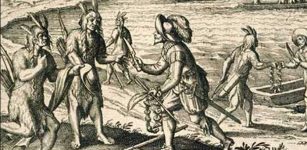 Indigenous People In Oconee Valley Remained In Southeastern US For Nearly 150 Years
Archaeology | Jul 15, 2020
Indigenous People In Oconee Valley Remained In Southeastern US For Nearly 150 Years
Archaeology | Jul 15, 2020 -
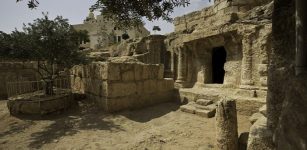 Fascinating Legend Of The Seven Sleepers Of Ephesus
Featured Stories | Oct 31, 2016
Fascinating Legend Of The Seven Sleepers Of Ephesus
Featured Stories | Oct 31, 2016 -
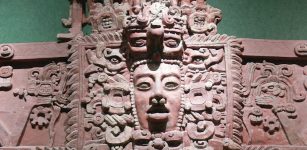 Ancient Maya Lessons On Surviving Drought – Examined By Scientists
Archaeology | Jan 5, 2022
Ancient Maya Lessons On Surviving Drought – Examined By Scientists
Archaeology | Jan 5, 2022 -
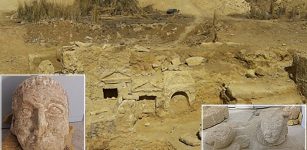 Remains Of Graeco-Roman Temple Discovered Near Egypt’s Siwa Oasis
Archaeology | Apr 6, 2018
Remains Of Graeco-Roman Temple Discovered Near Egypt’s Siwa Oasis
Archaeology | Apr 6, 2018 -
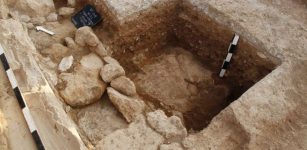 Oldest Houses Of Nea Paphos In Cyprus – Discovered
Archaeology | Apr 12, 2017
Oldest Houses Of Nea Paphos In Cyprus – Discovered
Archaeology | Apr 12, 2017 -
 People With Blue Eyes Have One Common Ancestor Who Appeared 10,000 Years Ago
Civilizations | Feb 24, 2017
People With Blue Eyes Have One Common Ancestor Who Appeared 10,000 Years Ago
Civilizations | Feb 24, 2017 -
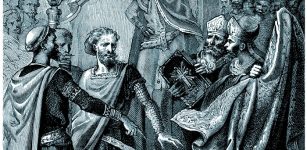 William The Conqueror: Ruthless And Powerful Ruler Who Changed Britain Forever
Featured Stories | Feb 25, 2023
William The Conqueror: Ruthless And Powerful Ruler Who Changed Britain Forever
Featured Stories | Feb 25, 2023 -
 Strange Underwater Mini-Pyramid Older Than Stonehenge With Unknown Purpose – Who Built It?
Ancient Mysteries | Sep 12, 2021
Strange Underwater Mini-Pyramid Older Than Stonehenge With Unknown Purpose – Who Built It?
Ancient Mysteries | Sep 12, 2021 -
 Neanderthals May Have Been Carnivores – New Study
Archaeology | Oct 17, 2022
Neanderthals May Have Been Carnivores – New Study
Archaeology | Oct 17, 2022 -
 Lost Kingdom Of Cleopatra – Legendary Lost City Of Heracleion
Featured Stories | Apr 1, 2014
Lost Kingdom Of Cleopatra – Legendary Lost City Of Heracleion
Featured Stories | Apr 1, 2014 -
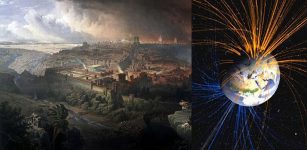 Ruins Of Ancient Jerusalem Shed New Light On Earth’s Magnetic Field’s Behavior
Ancient Symbols | Aug 11, 2020
Ruins Of Ancient Jerusalem Shed New Light On Earth’s Magnetic Field’s Behavior
Ancient Symbols | Aug 11, 2020 -
 Artifacts Discovered In Ancient Florida Sinkhole Can Re-Write History Of North America
Archaeology | May 14, 2016
Artifacts Discovered In Ancient Florida Sinkhole Can Re-Write History Of North America
Archaeology | May 14, 2016 -
 Ivar The Boneless: Famous Viking And Son Of Ragnar Lodbrok
Featured Stories | Jun 6, 2016
Ivar The Boneless: Famous Viking And Son Of Ragnar Lodbrok
Featured Stories | Jun 6, 2016 -
 Controversial Hollow Earth Theory – Questions And Answers – Part 3
Ancient Mysteries | Jun 28, 2019
Controversial Hollow Earth Theory – Questions And Answers – Part 3
Ancient Mysteries | Jun 28, 2019 -
 Puzzling Ancient Artifacts Found In Canadian Mountains Defy Explanation – Scientists Say
Featured Stories | Aug 27, 2024
Puzzling Ancient Artifacts Found In Canadian Mountains Defy Explanation – Scientists Say
Featured Stories | Aug 27, 2024 -
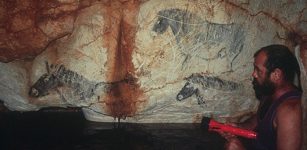 Race To Save Magnificent Underwater Stone Age Paintings Hidden In The Cosquer Cave
Archaeology | Jun 6, 2022
Race To Save Magnificent Underwater Stone Age Paintings Hidden In The Cosquer Cave
Archaeology | Jun 6, 2022 -
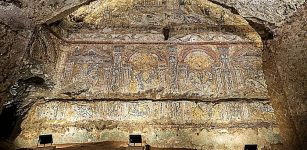 Ancient Expensive Roman Domus With Beautiful Mosaic Unearthed In Rome
Archaeology | Dec 17, 2023
Ancient Expensive Roman Domus With Beautiful Mosaic Unearthed In Rome
Archaeology | Dec 17, 2023 -
 Denisovan Family Tree: New Branches Revealed In Ancient DNA
Archaeology | Apr 12, 2019
Denisovan Family Tree: New Branches Revealed In Ancient DNA
Archaeology | Apr 12, 2019 -
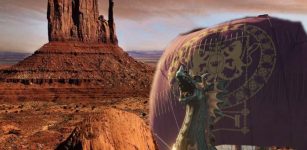 Is A Viking Ship Hidden In The Colorado Desert?
Featured Stories | Jan 8, 2018
Is A Viking Ship Hidden In The Colorado Desert?
Featured Stories | Jan 8, 2018


